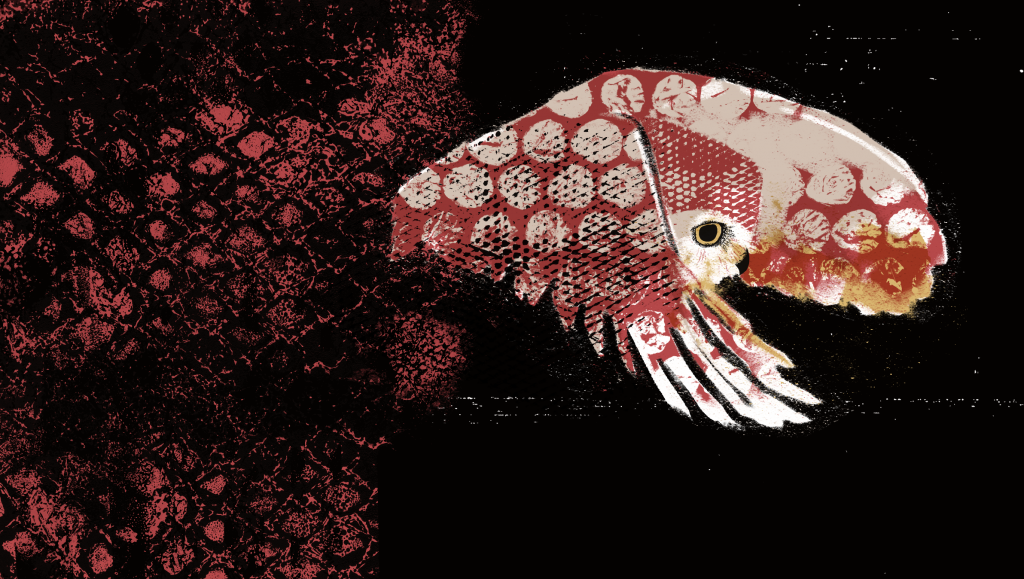This issue begins with another contribution to our series on field assistants and their contribution to research in India. Ambika Ayyadurai pays tribute to Ajeimai Yun, who was her friend, companion and guide during her research on hunting practices in Arunachal Pradesh. Many carnivores around the world had their ranges greatly reduced by a combination of habitat loss and hunting over the last century, but due to habitat protection and laws preventing hunting, many of their ranges have started to expand into human dominated landscapes. Jennifer Robertson maps the recent expansion of cougar ranges in the USA and what it has meant for conflict and coexistence with humans. Later in this issue, Neha Sinha addresses a similar issue with ‘problem animals’ like crocodiles and leopards in India. She argues that the government’s standard approach to dealing with them, namely translocation, may be neither legal nor effective.
Priya Ranganathan enquires into the fate of Manipur’s dancing deer, and the effects of habitat loss in its only haven, the Keibul Lamjao National Park. Matt Creasey and Shawn Dsouza then explore the effects of trawling on marine fauna and ecosystems, with personal snippets of their experiences as on-board observers on a trawling boat. Emmalina Glinskis explores the value of shade grown coffee in combatting climate change. And finally, our columnists explore what would happen if you took two extreme conservation ideas, Compassionate Conservation and Half Earth, and hybridized them.
donate
Conservation is for everyone, and we help you understand it.
Donate




